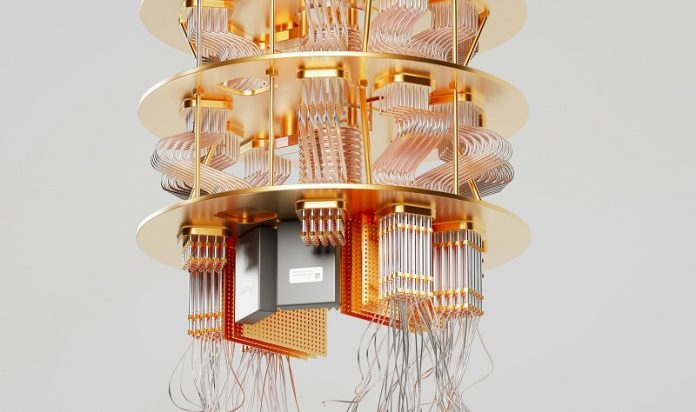
A new study has made a big step forward in the race to build quantum computers that are stable, reliable, and can be scaled up for real-world use.
Researchers from the University of Oxford, Delft University of Technology, Eindhoven University of Technology, and Quantum Machines have found a way to make special particles called Majorana zero modes (MZMs) much more stable than before.
Their work, published in Nature Nanotechnology, brings us closer to creating fault-tolerant quantum computers.
Quantum computers are extremely powerful machines that could solve problems far beyond the reach of today’s best supercomputers.
But they face one major problem: their basic units, called qubits, are very fragile and easily disrupted by their environment.
That’s where Majorana zero modes come in.
These rare and exotic particles are predicted to be naturally resistant to the kind of noise and disturbances that affect normal qubits.
Because of this, they have long been seen as a promising solution for building quantum computers that don’t easily make errors.
The challenge has been how to make MZMs stable enough to use in real devices. That’s what this new research has addressed.
The team created a structure called a three-site Kitaev chain, which is a simple version of a topological superconductor—a type of material needed to support MZMs.
They used quantum dots, which are tiny regions that can trap electrons, and connected them using superconducting wires. This setup let the researchers carefully control the quantum states in their experiment.
Their design creates a kind of “sweet spot” where the Majorana particles are farther apart from each other. This separation helps keep them from interfering with each other, making them more stable and easier to work with. This is a major improvement over previous designs.
Dr. Greg Mazur, lead author of the study, said the results show that it’s possible not only to keep MZMs stable as the system grows, but actually to make them more stable.
He now leads a new research group at Oxford and plans to explore even larger and more advanced quantum-dot systems.
The researchers believe that by building longer chains, they can further increase stability.
This discovery could lead to the creation of entirely new types of quantum materials and devices, designed with precision to support next-generation quantum computers that are powerful, reliable, and scalable.



